

Why teach about estuaries? This suite of estuary education resources help educators bring estuarine science into the classroom through hands-on learning, experiments, fieldwork, and data explorations. These specially designed lessons, activities, data explorations, animations and videos can be used independently or as a supplement to existing curricula and can be adapted to meet any grade level.
Lessons with the grass logo represent resources from a specific research reserve.
Lessons with the ES logo represent resources available in Spanish.
Sorry, there are no results based on your filters. Please clear filters and try again.
Type to Filter Results by Keyword Clear FiltersSorry, there are no lessons matching the filters you've selected.
Please clear filters and try a different search.
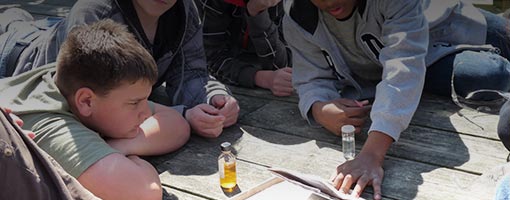
NOAA Data in the Classroom
Grades: 3-5, 6-8Data in the Classroom is an online resource for K-12 teachers interested in using real scientific data in their teaching. This website is the curre.
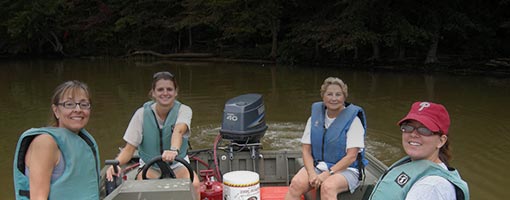
Teachers on the Estuary Modules
Grades: 3-5, 6-8, 9-12Our goal for this site is to provide 5th-12th grade teachers with in-class and outdoors hands-on lessons for their students. Our vision for this pr.
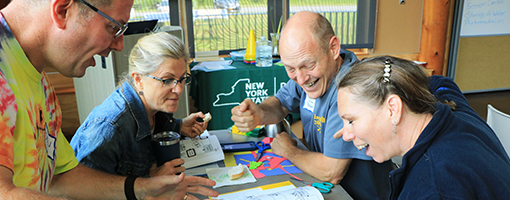
Direct students to the glossary if they encounter words or terms they are unfamiliar with as you are executing estuary lessons and activities in yo.
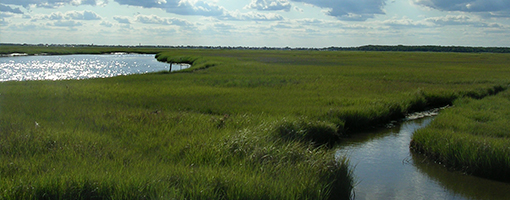
Pon a prueba tu sabiduría sobres los estuarios
Grades: 3-5, 6-8, 9-12Utilice este cuestionario como prueba previa para evaluar la base de conocimientos actual de sus estudiantes sobre los estuarios y los conceptos de.
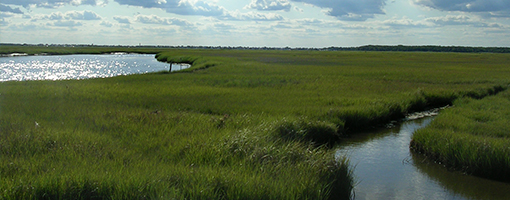
Test Your Estuary Wisdom
Grades: 3-5, 6-8, 9-12Use this quiz as a pre-test to gauge the current knowledge base of your students around estuaries and estuary concepts.
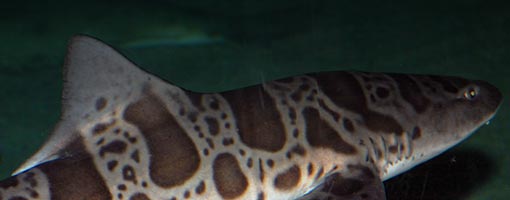
This activity introduces students to the diversity within an estuary, focusing on adaptations. Students will access a list of species that live in .
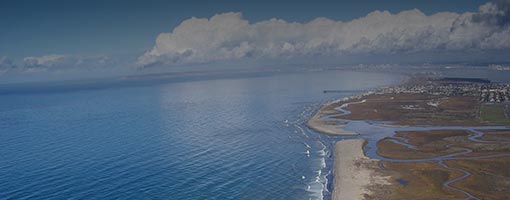
Where Rivers Meet the Sea
Grades: 5, 6-8, 9-12In this exercise, students will take an online quiz to check their initial estuary knowledge and watch an introduction video. They will explore why.

Estuaries: Nature’s Water Filters
Grades: 5-12This animation demonstrates how estuaries remove toxins, sediment, and nutrients as water flows from land to sea. An interactive pollution game hel.
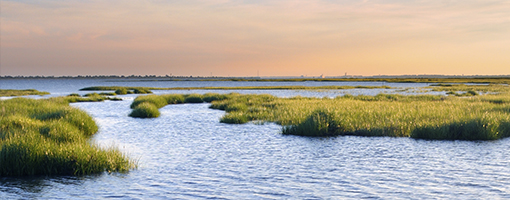
Los Estuarios: Los Filtros de Agua de la Naturaleza
Grades: 5-12Esta animación demuestra cómo los estuarios eliminan toxinas, sedimentos y nutrientes a medida que el agua fluye de la tierra al mar. Un juego inte.
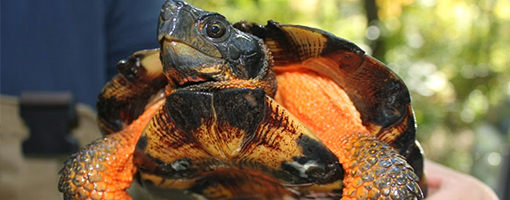
Learn in-depth details about estuary organisms that reside in various regions around the country.
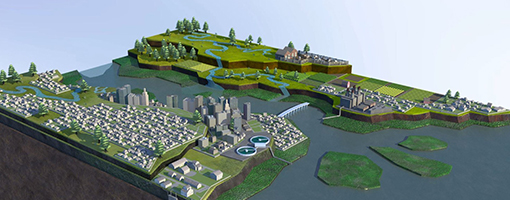
Coastal Acidification Animation
Grades: 6-12This coastal acidification animation is intended to support teachers who are educating students about the causes and effects of ocean acidification.
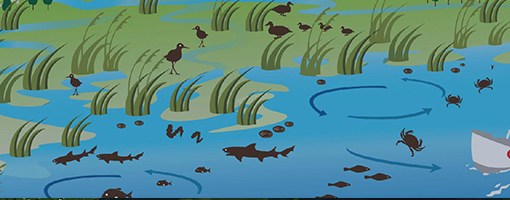
Exploring the Estuary and Climate Change Connection
Grades: 6-12One of the most pressing issues facing estuaries today is climate change. Climate extensions help students understand why and how climate change is.

In this activity, students will construct plankton nets. If possible, students will test out their nets to practice one method of collecting plankton.
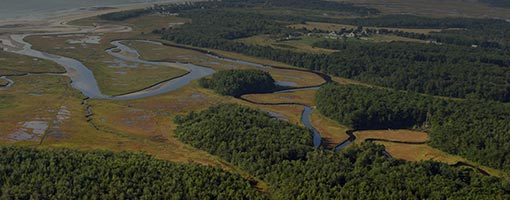
Don’t Shut Your Mouth
In this activity, students will compare and contrast the estuary mouth closures taking place at the Los Peñasquitos Lagoon and Tijuana River Resear.
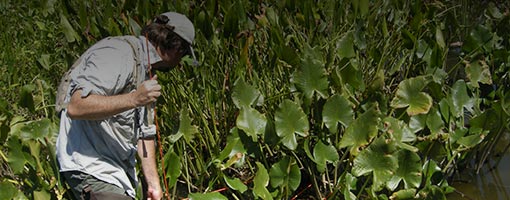
In this activity, students explore long-term data to recognize changes over time to an estuary habitat. Students will also make predictions about t.
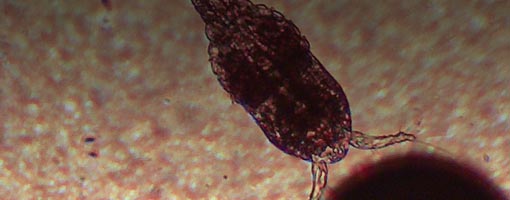
The Great Plankton Race
In this activity, students will practice problem solving using science and engineering methods to design and build plankton models that will test v.
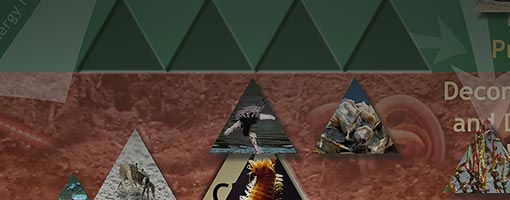
Estuary Food Pyramid
Grades: 6-8, 9-12Students will apply knowledge of estuary organisms to explore food webs and energy flow in an estuary ecosystem using a food pyramid. Students will.
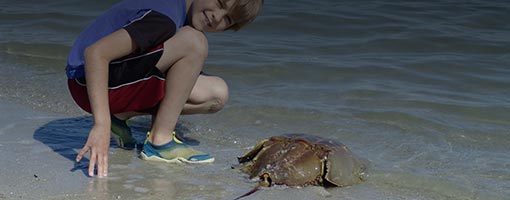
Hooray for Horseshoe Crabs
Grades: 6-8, 9-12Students examine the form and function of different horseshoe crab anatomical features.

NERRS Data Mysteries
Grades: 6-8, 9-12From oyster health to wildfire predictions and water quality, work with your students to explore real events using the System-Wide Monitoring Progr.
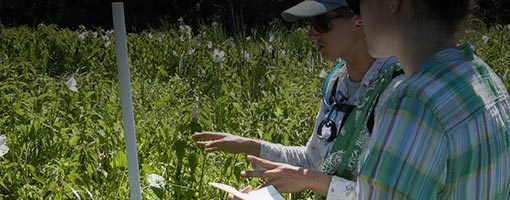
NOAA Chesapeake Bay Interpretive Buoy System
Grades: 6-8, 9-12NOAA Smart Buoys collect and transmit real-time weather, water conditions, and water quality data, as well as interpret key points along the John S.

Score One for the Estuary
Grades: 6-8, 9-12In this exercise, students will apply problem solving skills to improve the environment of a local estuary, wetland, or waterway through participat.
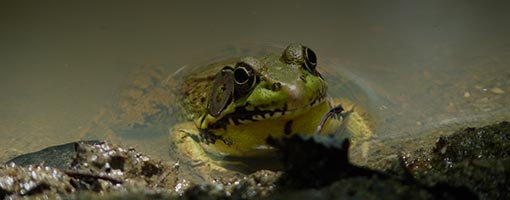
Survival in an Estuary
Grades: 6-8, 9-12In this activity, students investigate the range of conditions that selected animal and plant species need to survive in an estuary. They examine d.
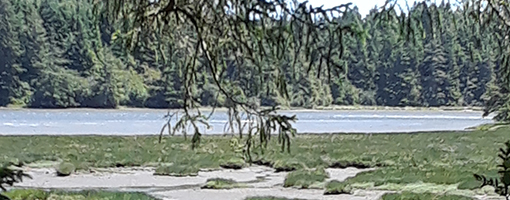
NOAA’s Estuary Tutorial
Grades: 6-8, 9-12This Estuaries Tutorial is an overview of estuarine habitats, the threats facing them, and efforts to monitor and protect estuaries nationwide.
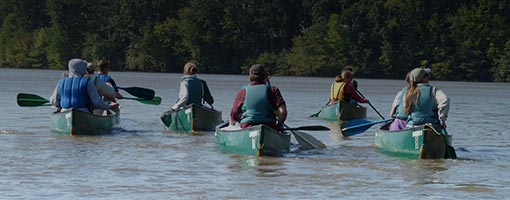
Salinity and Tides in York River
In this activity, students learn about tides and salinity in estuaries. They observe time-lapse models of tides and salinity distribution in the Yo.
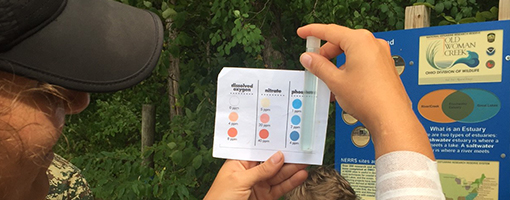
What’s Happening in the Watershed
Grades: 8-12The purpose of this class is to create an understanding of Old Woman Creek’s watershed, how the processes operate within it, and how to ensure its .
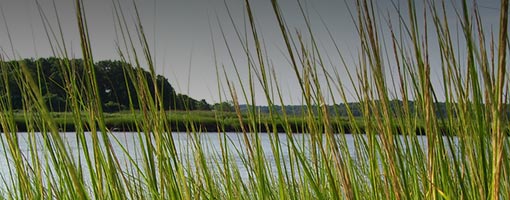
Human Impacts on an Estuary Ecosystem
Grades: 9-12In an estuary, human interference can cause drastic changes and lead to population die offs, such as fish kills. Students investigate what could ca.
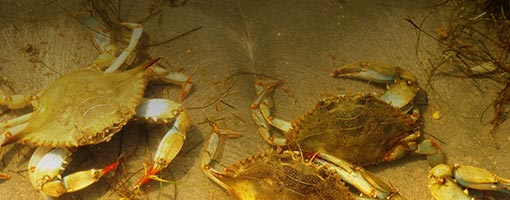
The Jubilee Phenomenon
Grades: 9-12Although jubilee events may occur in other areas of the world, Mobile Bay is probably the only body of water on Earth where this phenomenon occurs .

Virtual Estuary Education
Grades: K-12When students can’t get to a National Estuarine Research Reserve for an estuary education experience, the reserves can bring estuary education to s.

It’s never too early to start teaching your students to read graphs, and then they can make a work of art!
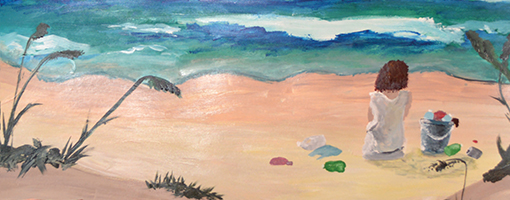
Everything Marine Debris
Grades: K-2, 3-5, 6-8, 9-12NOAA’s Marine Debris Program has many engaging activities and publications to learn about marine debris and actions we can take to become part of t.
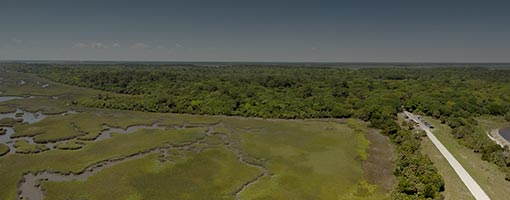
Watershed in a Box
Grades: K-2, 3-5, 6-8, 9-12In this activity, students create a model of a watershed, create farms and urban areas within it, add pollution to some areas, and watch how “rain”.
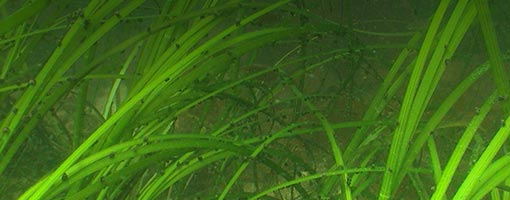
Padilla Bay Curriculum
Grades: 3-5, 6-8, 9-12Lessons from My Reserve: This curriculum is intended to complement a visit to the Padilla Bay Research Reserve but is also appropriate for students studying estuaries anywh.
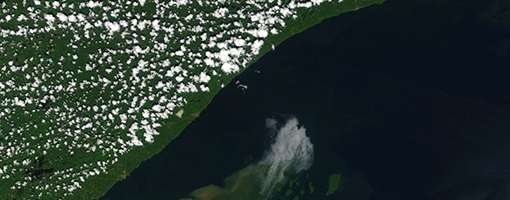
Flooded! Using Data to Understand a Changing Lake Superior
Grades: 6-12Lessons from My Reserve: On July 16, 2016, a large, severe thunderstorm moved through northern Wisconsin. The next morning, residents of the region woke up to see images of.
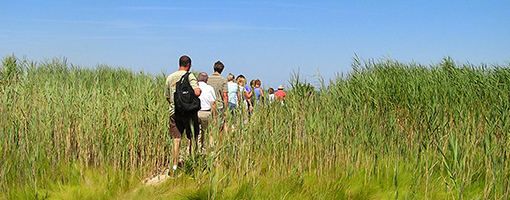
Sentinel Site Lesson Plan Booklet
Grades: 6-12Lessons from My Reserve: The Sentinel Site Lesson Plan Booklet is a grades 6-12 curriculum module that explores the Reserves’ role as sentinel sites for understanding impac.
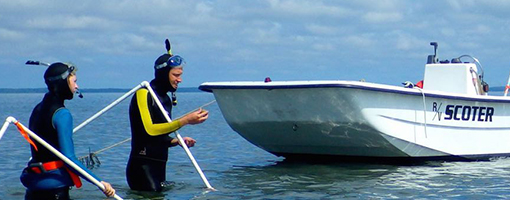
Virginia Scientists and Educators Alliance Lesson Plans
Grades: 6-8, 9-12Lessons from My Reserve: The Virginia Scientists and Educators Alliance, a network of graduate students, teachers, and informal educators, has the goal of transferring scie.
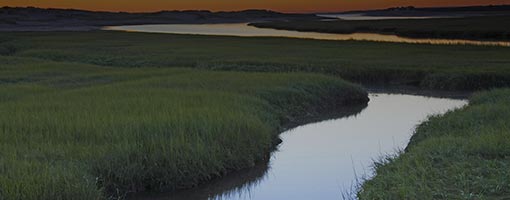
Bringing Wetlands to Market: A STEM Curriculum
Grades: 9-12Lessons from My Reserve: The Bringing Wetlands to Market research studies located in Falmouth and Mashpee on Cape Cod, Massachusetts, examine the relationship between salt .
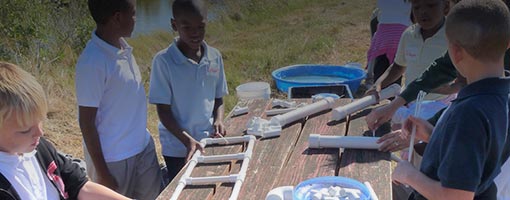
Chesapeake Bay Marsh Transect Activity
Grades: 9-12Lessons from My Reserve: Students will work in groups to survey a mock, locally relevant, marsh habitat that includes dominant plant community types. Students will use elev.
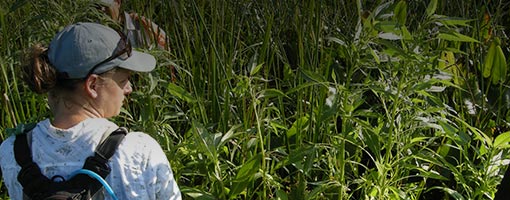
Tijuana Estuary High School Teacher's Guide
Grades: 9-12Lessons from My Reserve: This interdisciplinary high school curriculum is designed to educate students about the valuable Tijuana River Estuary’s natural and cultural resou.
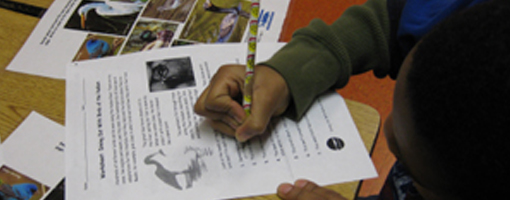
The Hudson River K-12 Unit of Study
Grades: K-12Lessons from My Reserve: Explore our new curriculum guide for K-12 classrooms. These inquiry-based, multi-component STEM education units are a guide for teachers and studen.
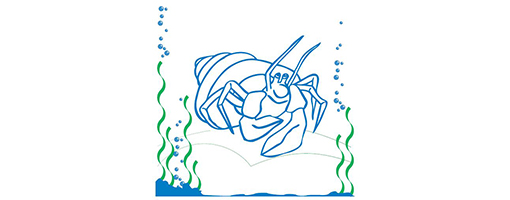
North Carolina “Estuaries Where Rivers Meet the Sea” Colorin.
Lessons from My Reserve: Children in kindergarten through second grade will learn about estuaries and some of their inhabitants through this fun coloring book.
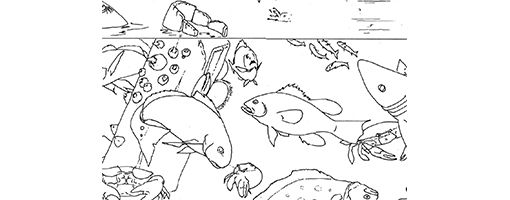
South Carolina Salt Marsh Activity Book
Lessons from My Reserve: Learn fun facts about the salt marshes of the southeastern United States through word searches, coloring pages, and activities.
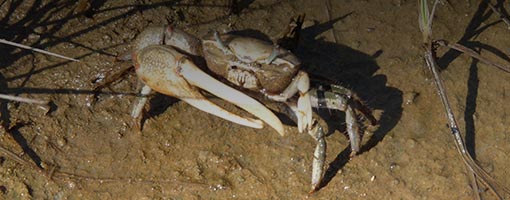
North Carolina Reserve and National Estuarine Research Reserve
Grades: K-2, 3-5, 6-8Lessons from My Reserve: These lessons have everything from salt marsh skits to fish shape investigations. Your students will have fun learning about estuaries with these a.
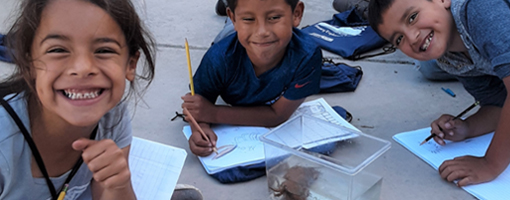
Elkhorn Slough Watershed and Wetlands Activity Guide
Grades: K-2, 3-5, 6-8, 9-12Lessons from My Reserve: These activities offer a variety of learning opportunities for students and anyone who is interested in learning more about nature. Get ideas for a.

Exploring Nature in Your Neighborhood
Grades: K-2, 3-5, 6-8, 9-12Lessons from My Reserve: These activities for kids and families will get you started on some Neighborhood Nature adventuring.

Lake Superior Watershed Lessons
Grades: PK-12Lessons from My Reserve: Bring 10 percent of earth’s freshwater into your classroom! This curriculum is aligned with the Great Lakes Literacy principles and searchable by t.